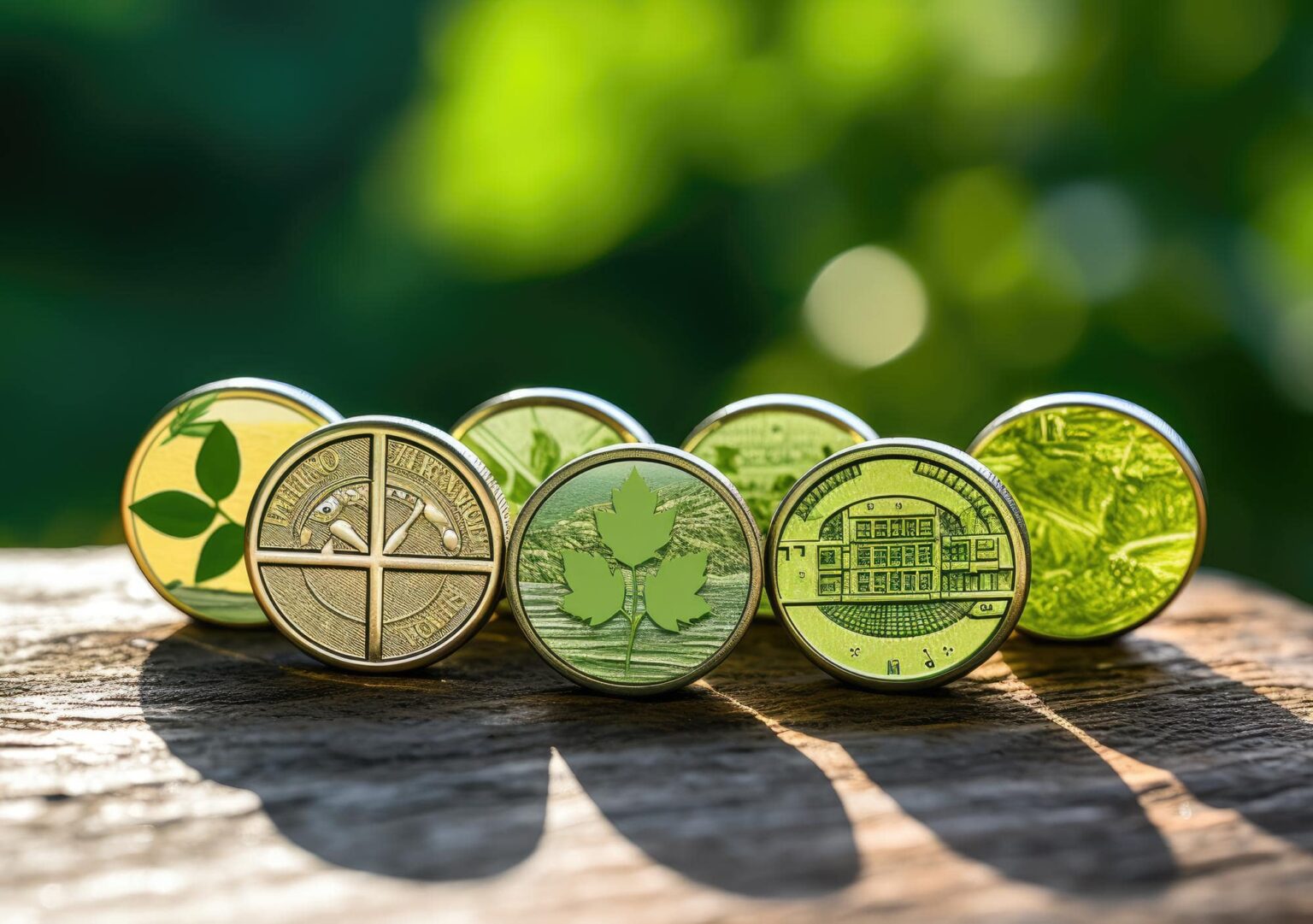Carbon Neutral Cryptocurrency: Addressing Environmental Concerns in Blockchain Mining” explores the initiatives and technologies aimed at mitigating the environmental impact of blockchain mining activities, particularly in terms of energy consumption and carbon emissions. Here’s an overview of the key points covered:
Introduction to Environmental Concerns in Blockchain Mining:
- Energy Consumption: Blockchain mining, particularly in Proof of Work (PoW) consensus mechanisms like Bitcoin, requires significant computational power, leading to high energy consumption and carbon emissions associated with electricity generation.
- Carbon Footprint: The carbon footprint of blockchain mining has raised concerns about its environmental impact, including greenhouse gas emissions, air pollution, and energy-intensive mining operations predominantly powered by fossil fuels.
Carbon Neutral Cryptocurrency Solutions:
- Renewable Energy Integration: Transitioning to renewable energy sources such as solar, wind, hydroelectric, and geothermal power can reduce the carbon footprint of blockchain mining by using cleaner energy sources with lower environmental impact.
- Offset Programs: Carbon offset programs allow blockchain projects and mining operations to compensate for their carbon emissions by investing in environmental projects such as reforestation, carbon capture, and renewable energy initiatives.
- Energy-Efficient Mining Hardware: Developing and deploying energy-efficient mining hardware, such as ASICs (Application-Specific Integrated Circuits) and green mining rigs, can optimize energy consumption and improve the efficiency of blockchain mining operations.
- Proof of Stake (PoS): Transitioning from Proof of Work (PoW) to Proof of Stake (PoS) consensus mechanisms reduces energy consumption and carbon emissions by eliminating the need for energy-intensive mining activities and replacing them with staking mechanisms that validate transactions based on token ownership.
- Carbon Offsetting Mechanisms: Implementing carbon offsetting mechanisms within blockchain protocols allows users to voluntarily offset their carbon footprint by contributing to carbon offset projects or purchasing carbon credits, thereby neutralizing the environmental impact of their transactions and activities on the blockchain.
Industry Initiatives and Best Practices:
- Green Mining Pools: Green mining pools prioritize energy-efficient mining operations and renewable energy sources, pooling resources to reduce energy consumption, optimize hash rates, and minimize environmental impact.
- Carbon Accounting Standards: Establishing carbon accounting standards and reporting frameworks for blockchain projects and mining operations enables transparent measurement, tracking, and disclosure of carbon emissions, facilitating informed decision-making and accountability in environmental sustainability efforts.
- Collaborative Partnerships: Collaboration between blockchain projects, energy providers, environmental organizations, and government agencies fosters innovation, knowledge sharing, and collective action to address environmental challenges and promote sustainable practices in the blockchain industry.
Challenges and Considerations:
- Regulatory Uncertainty: Regulatory uncertainty and inconsistency pose challenges for carbon neutral cryptocurrency initiatives, hindering adoption, investment, and compliance with environmental regulations across different jurisdictions.
- Cost and Scalability: Implementing carbon neutral cryptocurrency solutions may entail additional costs and technical challenges, particularly for smaller projects and decentralized networks with limited resources and scalability constraints.
Future Outlook:
- Sustainable Innovation: Continued innovation and investment in sustainable technologies, renewable energy infrastructure, and carbon offset solutions will drive the adoption of carbon neutral cryptocurrency practices and promote environmental sustainability in the blockchain industry.
- Stakeholder Engagement: Stakeholder engagement, awareness-raising campaigns, and education initiatives are essential to build consensus, mobilize support, and promote collective action among blockchain stakeholders, governments, and civil society to address environmental concerns and transition to a carbon-neutral future.
Conclusion:
“Carbon Neutral Cryptocurrency: Addressing Environmental Concerns in Blockchain Mining” underscores the importance of environmental sustainability in the blockchain industry and the need for concerted efforts to mitigate the environmental impact of blockchain mining activities. By implementing carbon neutral cryptocurrency solutions, embracing renewable energy sources, and fostering collaborative partnerships, the blockchain community can promote environmental stewardship, drive innovation, and build a more sustainable and resilient future for blockchain technology.



